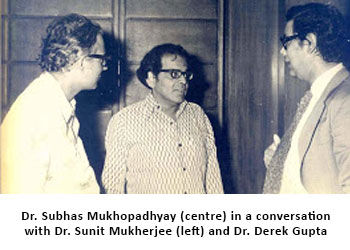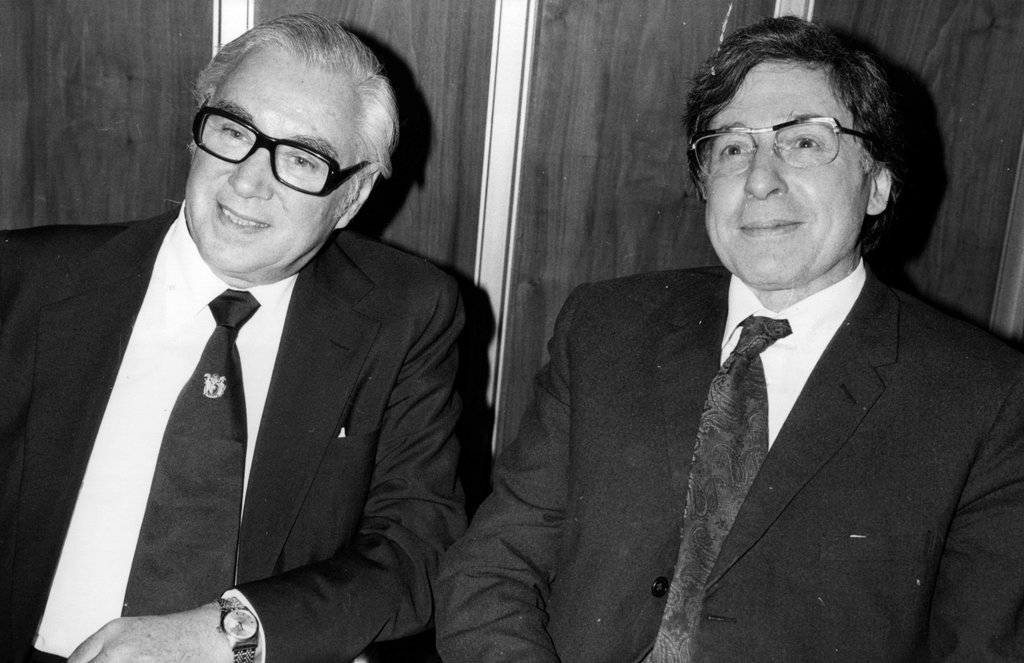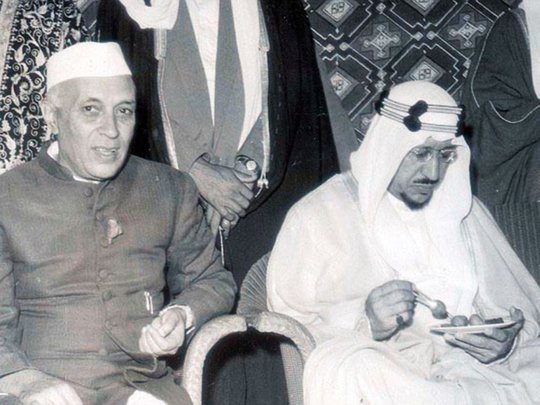This paper by Abenavoli was actually pub. in 2019, but I didn’t see it til Jan. My view is that improving outcomes for #devlangdis #DLD requires improved early years provision. However, even for the best programmes, positive effects fade out over time.
https://t.co/w3LClAhU9h
The paper provides a useful summary of why that might be and what we can do to address this – hint: we can’t just focus on early intervention, but need to know what comes next. 3/
This paper was written by some of my favourite people and SCALES collaborators. I like it because it is a rare paper that attempts to understand how differences in school placement might affect outcomes.
https://t.co/qq1cWHwDA4 4/
I often get asked about this WRT #DLD, but it is hard to say b/c school places are not randomly allocated – they are influenced by child and family characteristics. Th paper by Simonoff et al. gives me some ideas of how we might approach similar questions in SCALES. 5/
This paper by the FAB
@mcgregor_karla is a ‘call to arms’ about how we as professionals can work to raise awareness of DLD. Consistency in terminology and diagnosis is critical as is supporting parents and young people in advocacy.
https://t.co/qFozhs3mSz
When I look at what
@RADLDcam has achieved I’m immensely proud of how much progress we’ve made in raising awareness. My recent experiences with funders and journals tell me that we still have a long way to go! 7/
I could offer anything by the fab
@lervag, but I chose this one b/c we often assume improving lang through intervention will have positive effects on other areas of develop, but few explicitly test this. This paper does so with interesting results 8/
https://t.co/9d6kYpVlde
the good news is that learned skills can transfer to unfamiliar items, but this appears to be fairly limited to similar items within the same domain. And reiterates just how hard it is to affect change in comprehension. Def one to ponder over a minced pie... 9/
Many people see language screening as an unmitigated force for good in tackling #devlangdis. Rarely do we consider or discuss potential neg consequences & it is important to do so, esp given the poor accuracy of currently avail measures. 10/
This paper by
@mgtmccartney is not about #DLD, but does raise critical issues re: screening & case finding that are applicable. At the very least, investment in screening should be accompanied by increased investment in clinical & education services 11/
https://t.co/TXkepMesrF
Sometimes a paper doesn’t present new information but packages what we know in such a clear way that it is both a pleasure to read and a useful resource for parents and allied professionals. Few people do this better than
@PamelaSnow2 12/
Her paper on the science of language and reading is a joy. The Language House is a smart infographic that I now regularly use in teaching and I’m sure will resonate with many. 13/
https://t.co/ahsq7YWpoW
One challenge for #DLD is the persistent public (& often gen academic) view that lang deficits are caused by ‘environmental influences,’ esp diffs in quantity & quality of parent talk. For sure parent talk assocs w/ child lang, but causal connects btwn them are very complex. 14/
This is eloquently explained by
@saraannhart @drElsje & ends w/ a call to take nature more seriously in dev research. I can see import imps for understanding response to treatment & adapting our approach to the needs of parents, as much as the child. 15/
https://t.co/QlJhyVfeWg
A great intervention trial here. The participants are dual language learners, but the prog could be readily adapted for monolinguals with #DLD. 16/
https://t.co/oRadEelHQ2
I really like that it focuses on both language structure, AND broader perspective taking, to enhance social/emotional competence. And uses shared book reading to bridge home and classroom learning. Nicely designed and clearly reported. We need more this. 17/
The next paper has only just come out but many of the thoughts within it have been rattling around my head for some time. I’m hugely interested in whether or not the timing of intervention matters for long term language growth... 18/
...here
@rogierK eloquently explains not only why it should, but how one could test this statistically. We are currently looking at our longitudinal data through this theoretical lens and finally submitting this work will be a joyous start to 2021.
https://t.co/YspH80QEbA
apart from
@josaul14 becoming DR Jo Saul, the best thing out of the
@PALS_SCALES lab this year was this video, co-designed by SCALES participants & featuring insights & words from
@julietwri, a young person with lived-experience of #DLD. 20/
https://t.co/qtcXyfYPVA
it is based on papers led by
@SarahGriff90 & Dr Shaun Goh & has been viewed 8600 times since Feb. demonstrating importance to young people & families affected by #DLD. It saddens me that funders, editors & policy makers don’t seem to be listening, but we will keep trying! 21/
Finally, I'm not all work & no play - . I love to spend time in the kitchen and I’ve been doing much more of that since lockdown in March. 22/
It was a tough choice, but my fav cookbook of the year is this one. It has it all – bread, cake, mains, salads -all delicious, and the chocolate, banana and date loaf is esp good for fuelling those long cycle rides. 23/
https://t.co/lKGfUTkeCP
So thank you all for feeding my brain & for taking time to cheer me up along the way (I'm looking at you
@ReadOxford @Kathy_Rastle @mggaskell &
@L_M_Henderson) and huge thanks to my fabulous
@PALS_SCALES team - what a year! Enjoy the holidays! END/





















